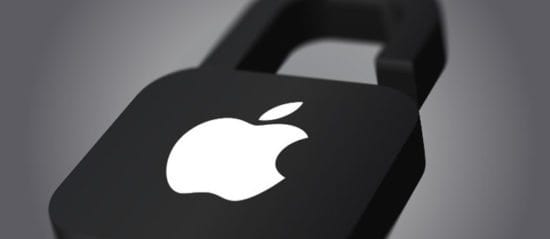It has been reported that when Apple released iOS 15, a Spanish security researcher disclosed an iPhone lock screen bypass that can be exploited to grant attackers access to a user’s notes.
In an interview with The Record, Jose Rodriguez said he published details about the lock screen bypass after Apple downplayed similar lock screen bypass issues he reported to the company earlier this year.
“Apple values reports of issues like this with up to $25,000 but for reporting a more serious issue, I was awarded $5,000,” the researcher wrote on Twitter last week. Rodriguez said he was referring to lock screen bypasses tracked as CVE-2021-1835 and CVE-2021-30699, which Apple patched in April and May, respectively. The two issues allowed threat actors to access instant messaging apps like Twitter, WhatsApp, or Telegram even while the phone was locked.
The opinions expressed in this post belongs to the individual contributors and do not necessarily reflect the views of Information Security Buzz.



